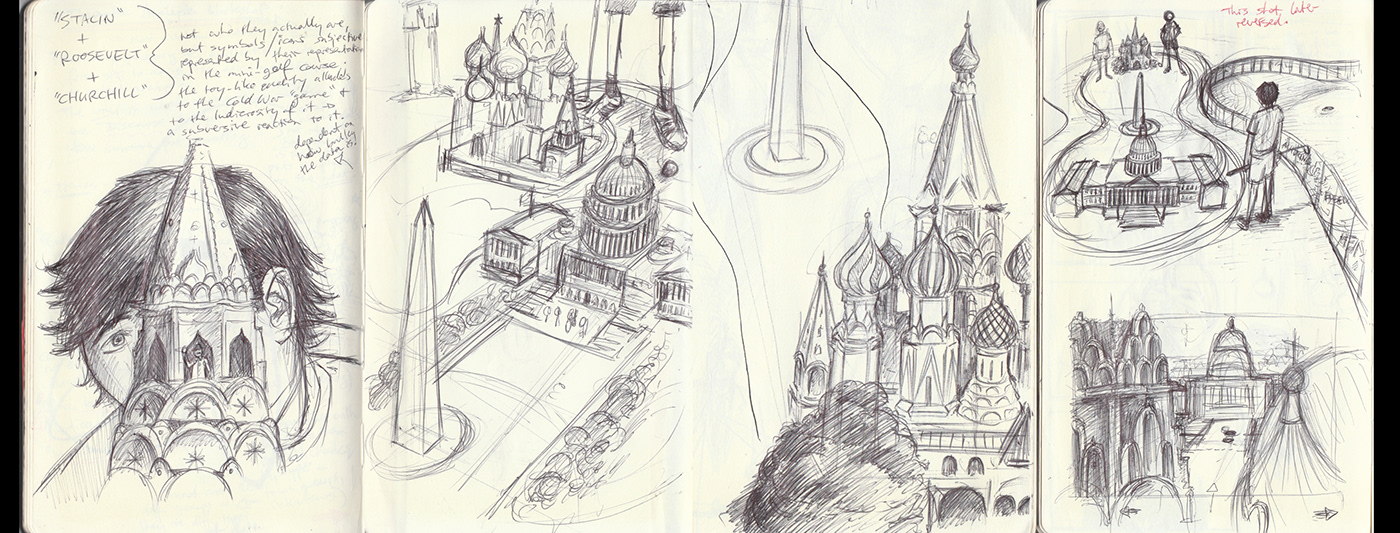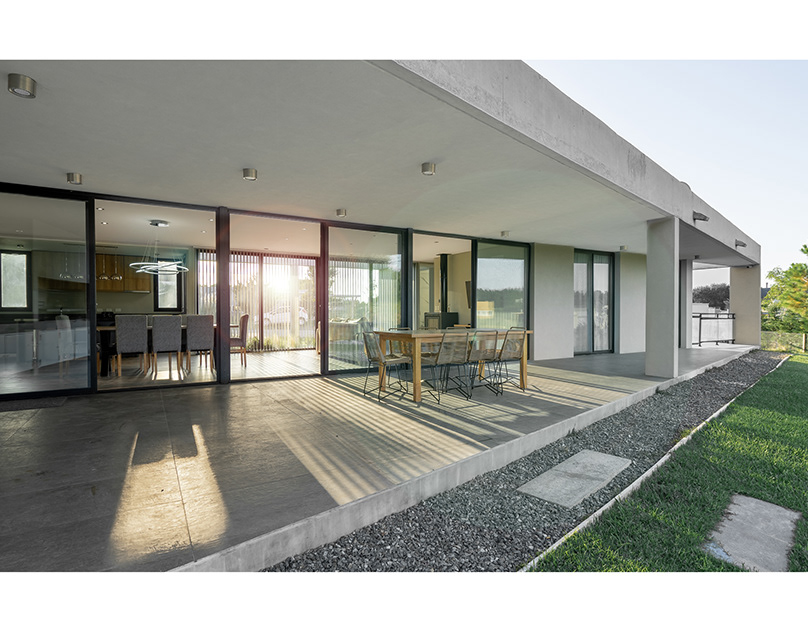Using a combination of hand drawn animation, stop frame, digital puppet animation, live action footage and archival material, this documentary tells the story of two Polish families facing persecution amidst political upheavals in their homeland and their subsequent journeys as refugees to find a new home in the West. Set against the backdrop of the Cold War, it is both personal narrative and a snapshot of life and politics in the 1980s.
The film was made as part of my output for a PhD in Digital Arts. It was begun in 2015, with the original version completed in 2021 and subsequently expanded into its current form and completed in 2023.
The film is structured around a field recording captured on a taxi journey while on holiday in Poland in 2015, as well as audio recordings of a series of interviews that I conducted with members of my immediate family and Piotrek Strzelec between January and May 2016.
My approach entailed the creation of a virtual 'archival space' made up of various materials - photographs, official documents, newspaper clippings and memorabilia - that I was able to access through each family's personal archives, as well as various materials that I accessed through commercial sources and the public domain. This archival space helped locate the narrative in specific temporal and geographic locations, while also granting it documentary legitimacy. The film also included several 'fake' archival materials, such as book covers and adverts, that enriched the filmic world and acted as narrative devices without, I believe, compromising its documentary integrity. The archival space was then supplemented with a 'cinematic space', comprising painted and collaged environments, hand drawn 2D animation, digital puppet animation and some live action footage, that visualised and commented on the events recounted in the audio recordings. Throughout the film, the archival and cinematic elements in the film interact to convey the historical narrative, while helping the viewer maintain an awareness of the constructed nature of what they are witnessing.
For a more detailed discussion of the film's production process and some of the theoretical insights that emerged from its making, you may be interested to read this article published in Animation: An Interdisciplinary Journal: Approaching Reflexivity in Animated Documentary through a Spatial Taxonomy: An Analysis of Polonia (2023)



An example of the 'fake' archival materials that are scattered throughout the film. These book designs are based on 1980s pulp novels and communist-era Polish paperbacks.


Environments were drawn on paper, transferred to board and painted in acrylic, then worked-over and completed digitally.


The cinematic sequences in Polonia are all referenced from historical sources, with some compositions based entirely on specific archival images. Cold War-era political cartoons were also an influence and were directly referenced for several sequences.



Concept sketches for the opening sequence. These were the first drawings done for the film.

Storyboards for the film's early sequences. Conventional storyboarding was abandoned quite early in the production process in favour of a more organic approach to developing individual sequences and how they connect, indicated in the selection of notebook sketches below.












